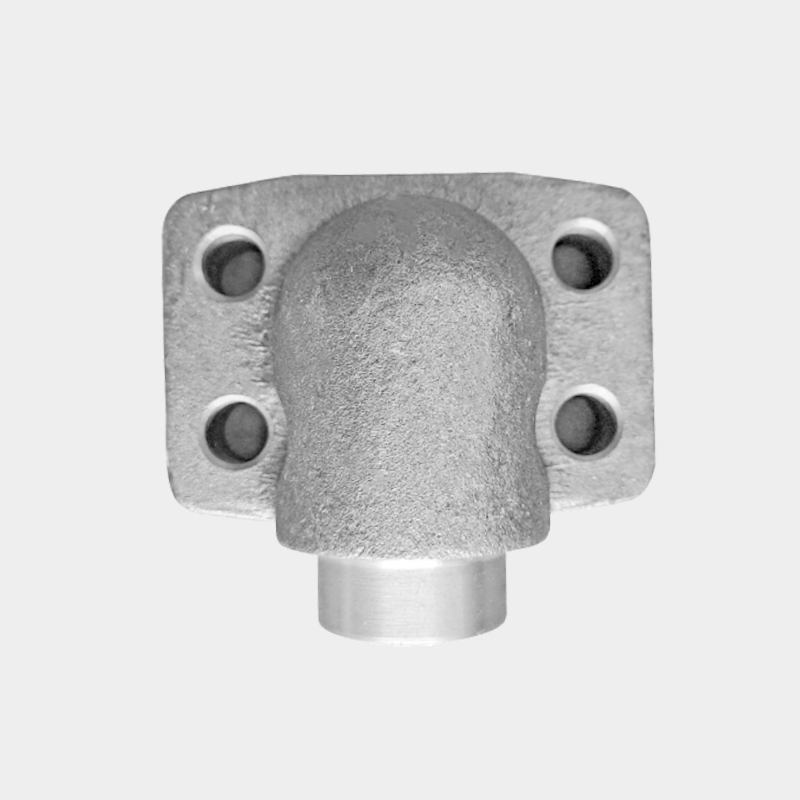Call Us
+86-13486669457Cleanliness: Maintaining a pristine environment is crucial for the longevity of SAE Code 62 flanges. Before handling, ensure that your workspace is free of debris and contaminants. Use lint-free cloths and appropriate cleaning agents to remove any dust or residues. When cleaning the flanges, avoid using abrasive materials that could scratch or damage the surface. It's vital to minimize direct contact with sealing surfaces; therefore, wearing clean gloves during handling is recommended. This not only protects the flanges from contaminants but also helps maintain the integrity of the sealing surfaces, which are critical for preventing leaks once the flanges are installed.
Handling: Proper handling techniques are essential to prevent physical damage to the flanges. Always lift flanges with care, using both hands to support the unit evenly, particularly for larger or heavier flanges. When transporting flanges, utilize appropriate lifting equipment, such as hoists or trolleys, and ensure they are securely fastened to prevent accidental drops. Avoid placing flanges in high-traffic areas where they could be inadvertently bumped or knocked over.
Storage Environment: The storage environment plays a critical role in preventing corrosion and degradation. Flanges should be stored in a climate-controlled space, ideally with a relative humidity below 60% to inhibit rust formation. If storage must occur outdoors, use high-quality protective tarps that are waterproof and UV-resistant. Ensure that the flanges are elevated off the ground to avoid moisture absorption from the soil. Consider using silica gel or other desiccants in storage areas to further control humidity levels.
Separation: To prevent mechanical damage, it's essential to store flanges separately from other components and tools. Implementing a system of organized storage racks or bins can help maintain order. If stacking is unavoidable, use padded separators between flanges to absorb shocks and prevent scratches. Clearly label storage areas to avoid confusion and mishandling of flanges. When accessing stored flanges, take care to remove them without disturbing others, ensuring that all pieces remain undamaged.
Orientation: Flanges should always be stored flat to prevent warping or distortion. If vertical storage is necessary, ensure that flanges are adequately supported and not placed under excessive weight that could cause deformation. When stacking, adhere to recommended weight limits and distribute the load evenly across the stack to avoid localized stress. Consider using specialized racks that are designed to support the flanges without putting undue pressure on any single unit.
Inspection: Regular inspections are critical to identifying potential issues before they escalate. Establish a routine schedule for inspecting stored flanges, looking for signs of rust, pitting, or physical damage. Use a magnifying glass or inspection mirror for hard-to-see areas. If any flanges exhibit corrosion or significant wear, evaluate whether they should be repaired, refurbished, or replaced.


 中文简体
中文简体
 English
English









